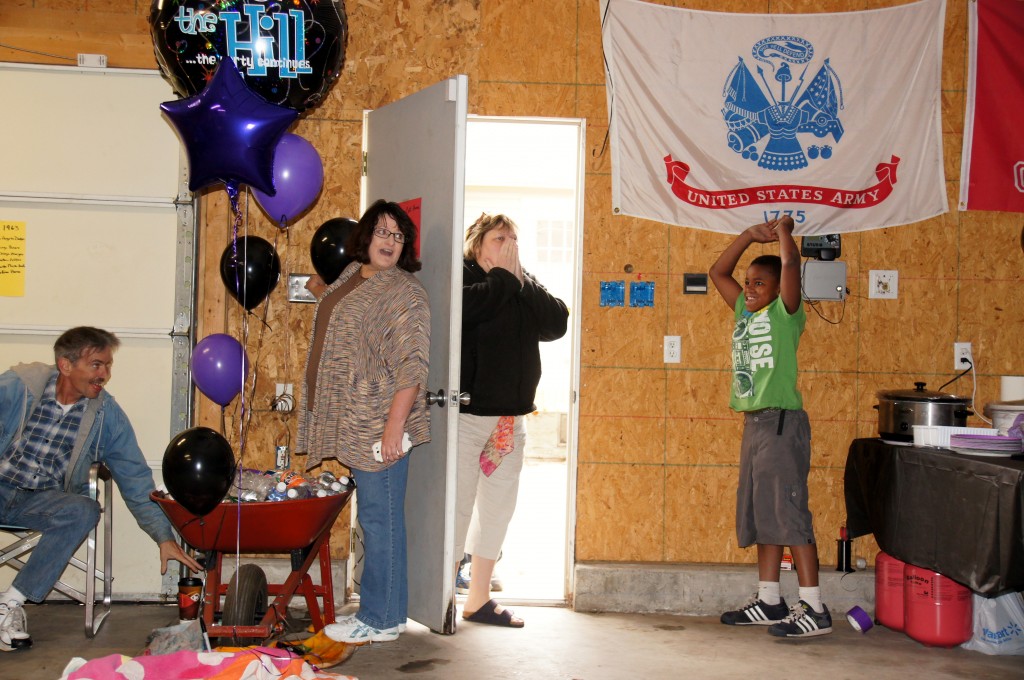I’ve decided to stop using cloud services and move all my data back to my own computers. In Take back the data – Part 1, I listed all the services that I use. The next step is to figure out how to replace them and move my data back. To replace the services that the cloud provides, I need to:
- Store my data locally
- Backup my data (ideally an offsite backup)
- Provide remote access to my data
The first part is easy. The second two are much harder because of how home internet service works.
Internet providers use dynamic IP addresses. Each customer gets a new address every few days/weeks. This is like having a phone but getting a new phone number every week. You could make phone calls to other people, but couldn’t really receive phone calls back because no one knows your number. With dynamic IP addresses, you can talk to other computers, but you have to start the conversation. The consequence of this arrangement is that you can’t really run a website from your home computer.
Broadband companies will sell you a static IP (like a permanent phone number) for a small monthly fee, but since very few people have a static IP addresses, software companies haven’t been motivated to make it easy to setup a home website. So, for most people, if you want to share photos or start a blog, you have to involve a third party like wordpress.com or facebook.
This is really too bad. The promise of the internet was that anyone could publish content that could be seen by anyone else. Now we have a few large companies that are in the business of publishing other people’s content and making money off it. Just like record companies and book publishers before them, many internet companies (Facebook, twitter, flickr, youtube, etc) make money by publishing the content created by other people.
But it didn’t need to be that way. There was really no reason that we couldn’t each have our own IP address and our own personal website. Windows could have made it easy to publish your own content to your own site. Finding and connecting to other people could have been as easy as looking up or sharing a phone number. But that isn’t how things turned out, and now it is quite a bit of hassle to setup your own website. I’ll have another post with a lot more detail about hardware and software setup, but here is the quick summary:
- Buy a static IP. We have DSL from CenturyLink and they charge $5 per month to have a static IP.
- Register your domain name and point it to that IP address. That costs about $10/year.
- Setup a machine as the web-server. This machine should be left on all the time. Most any computer will do for a personal website.
- Install apache or some other web server software on the machine.
- Keep the OS and web server software up to date, do regular backups, make sure the machine stays on and working.
Once you have a website, it is possible to replicate most of the services that are provided by the cloud. I am going to use software called OwnCloud. OwnCloud is a webapp (a program that runs on a web server) that provides a way to store files, contacts, pictures, music and calendars on your website and share them with just the people you want to share them with. Since OwnCloud is running on my own web server, no third party has access to my data.

